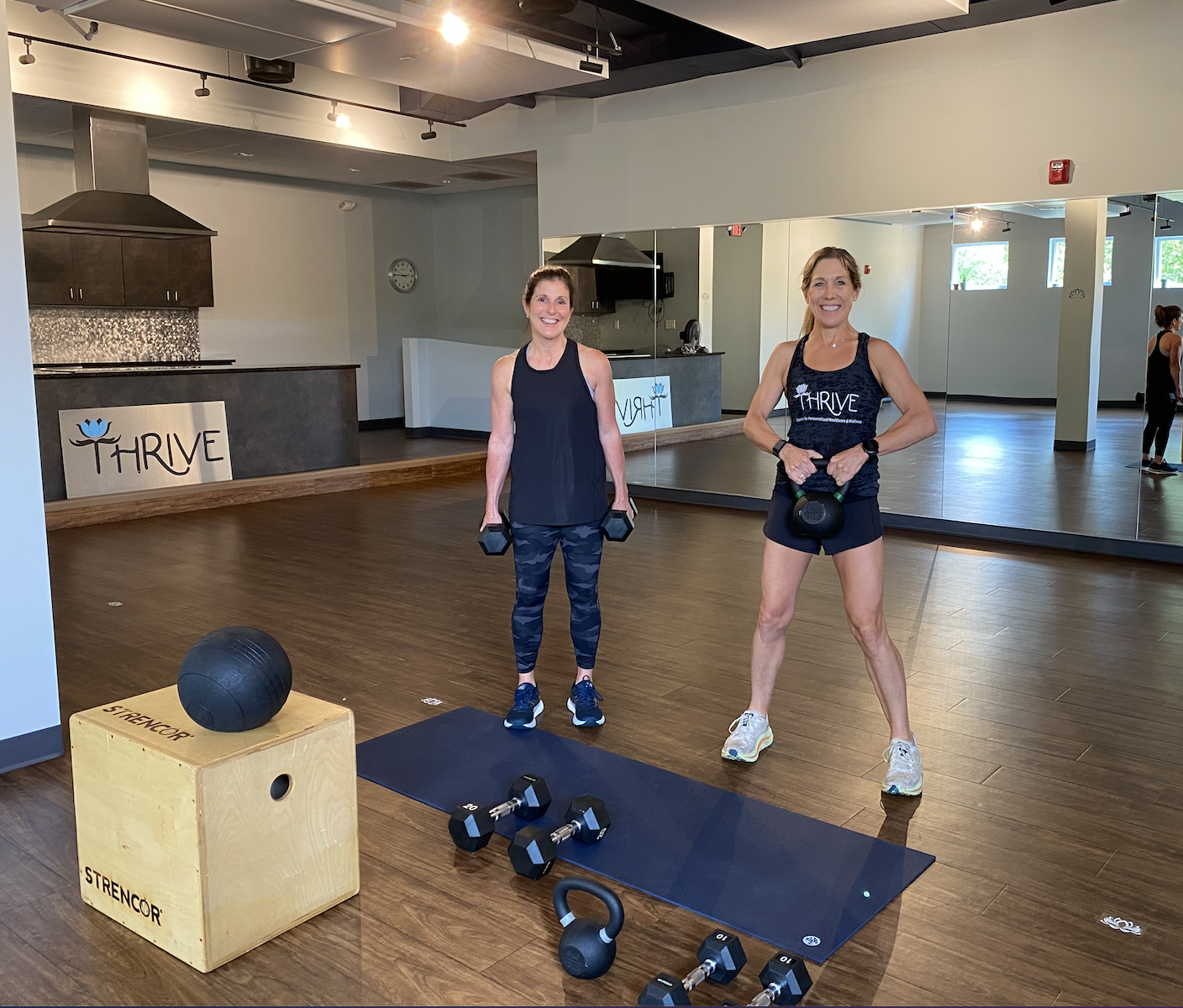The Hidden Dangers of Ultra-Processed Foods & How to Make Healthier Choices
Why Ultra-Processed Foods Are a Growing Health Concern Ultra-processed foods are everywhere—from packaged snacks and frozen meals to sugary drinks and fast food. They make up 60% of the American diet, yet research now confirms their strong link to obesity, chronic disease, and even mental health disorders. A 2024 study in the British Journal of Medicine found “convincing and highly suggestive” evidence that frequent consumption of ultra-processed foods is associated with higher risks of early death, heart disease, insulin resistance, and diabetes. Even organic and so-called "healthy" packaged foods often contain added sugars, seed oils, and preservatives, making them just as harmful as their conventional counterparts. Understanding how ultra-processed foods impact health is crucial for making informed dietary choices and reducing long-term health risks. What Are Ultra-Processed Foods? Ultra-processed foods...











